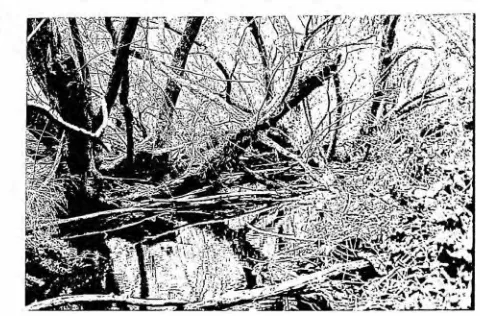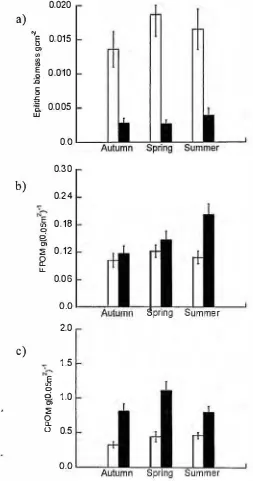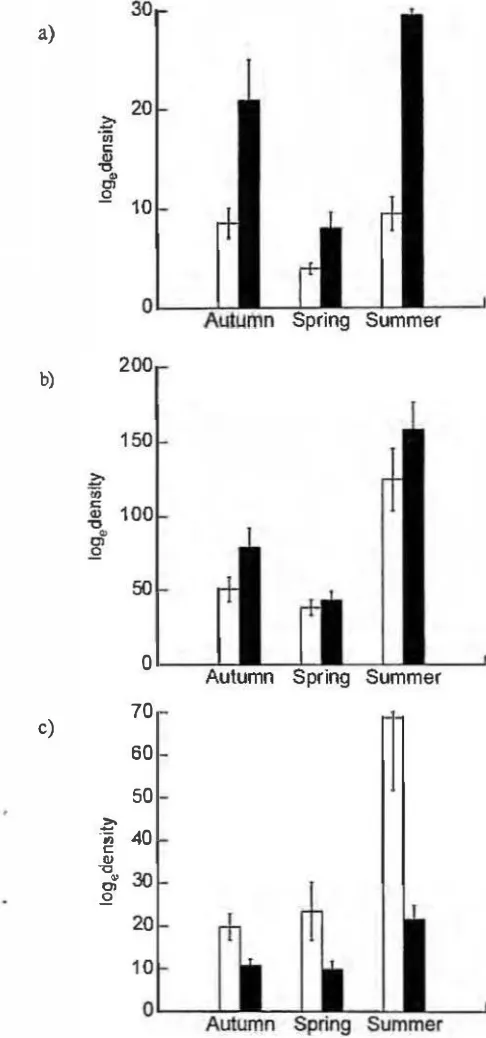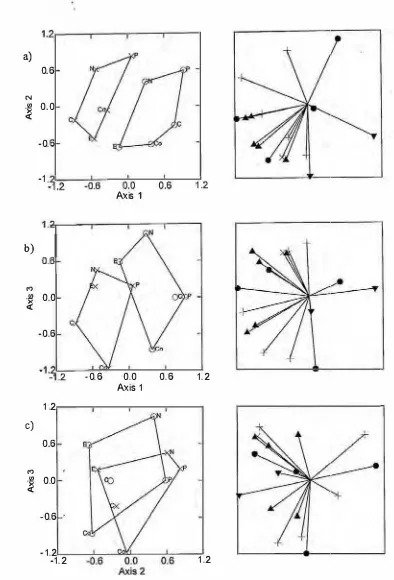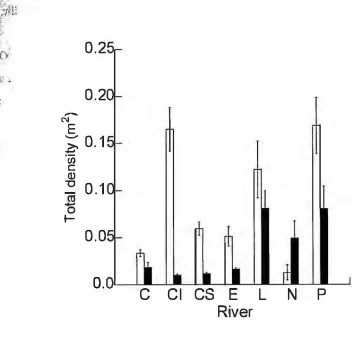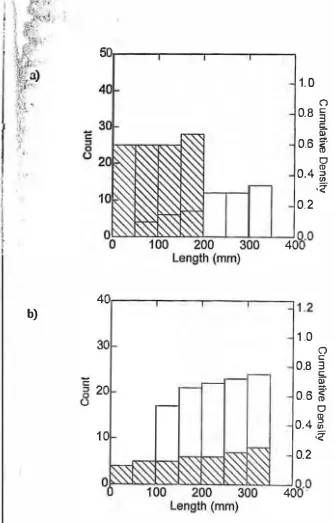Comparison of the in stream fauna and resources of Tasmanian river reaches lined with willows or with other riparian types
Full text
Figure
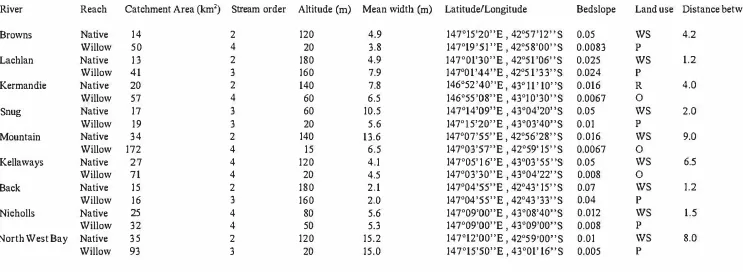
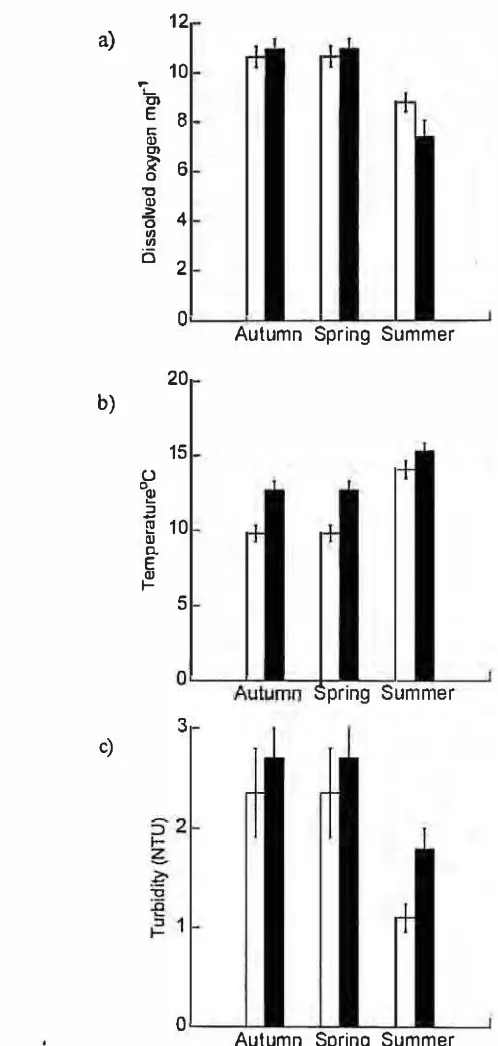
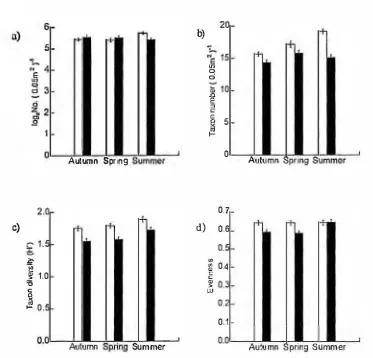
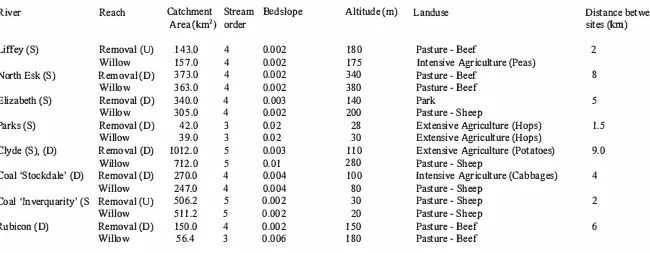
Outline
Related documents
Thus, health activism actors such as physician-activists (like Dr. Jack Geiger), the Medical Committee for Human Rights, Taborian Hospital, Mound Bayou Community
The study used 2 methods to evaluate TOSBA as a teaching method to provide formative assessment: (1) an online survey of TOSBA at the end of the rotation and (2) a comparison of
The corrosion rates of aluminum alloy in 3.5 wt.% NaCl solution and .07 wt.% oxalic acid solution of untreated AA2024-T23 coupons and coupons treated using four different
On the other hand, this measure is based on some unrealistic assumptions that are specified latter, and the ES (Expected Shortfall) measure appears preferable,
Conditional 95%, 97.5%, 99% and 99.5% tail quantiles ( z q t ) of the financial index log return series are estimated by multiplying the corresponding GARCH volatilities
Whilst the earlier analysis suggests that only 2 of the indexes for the UK and Italian markets have statistically diverging Hill estimates, the tail probability estimates
Keywords: offshore wind jacket structure; natural frequencies; mode shapes; damage identification; finite element
